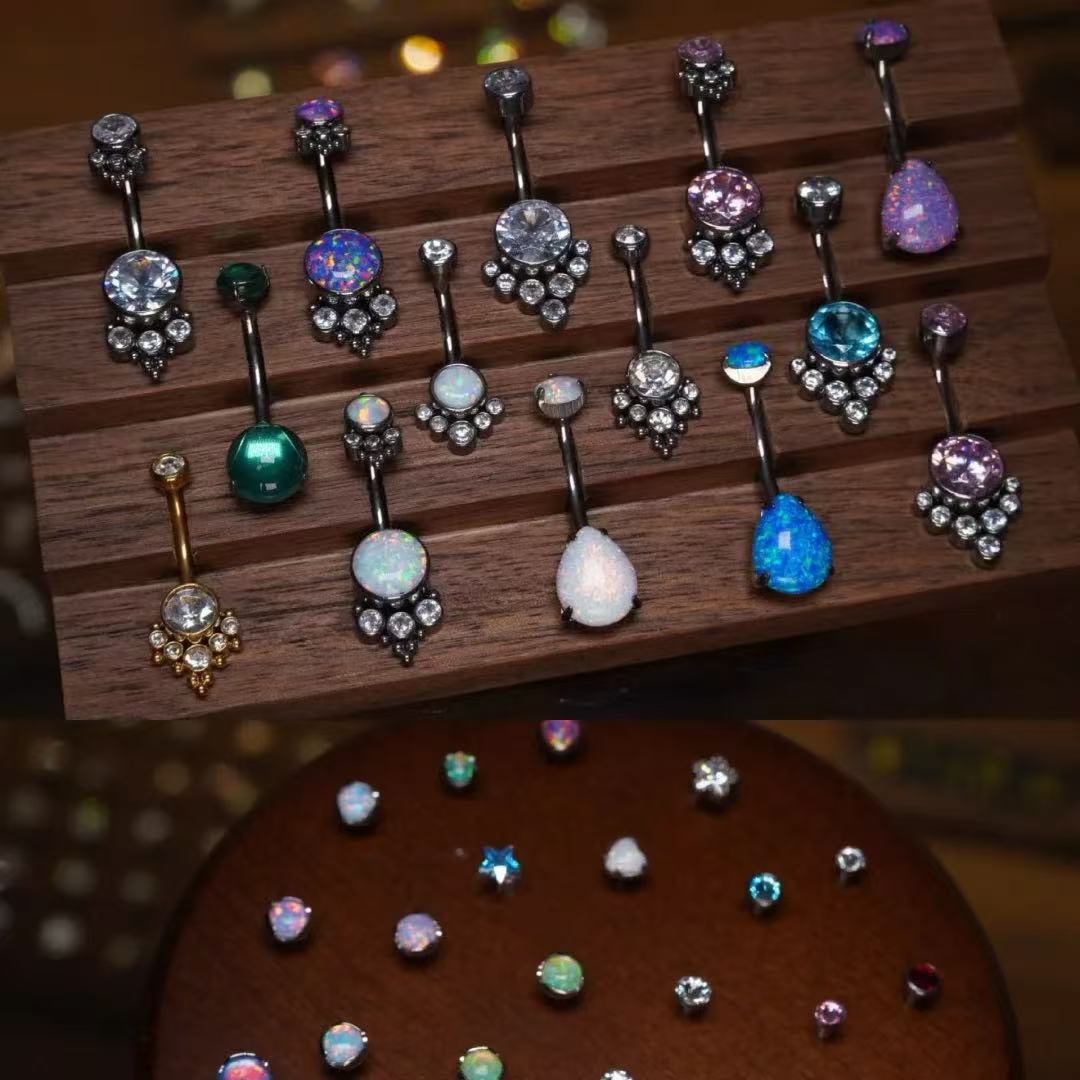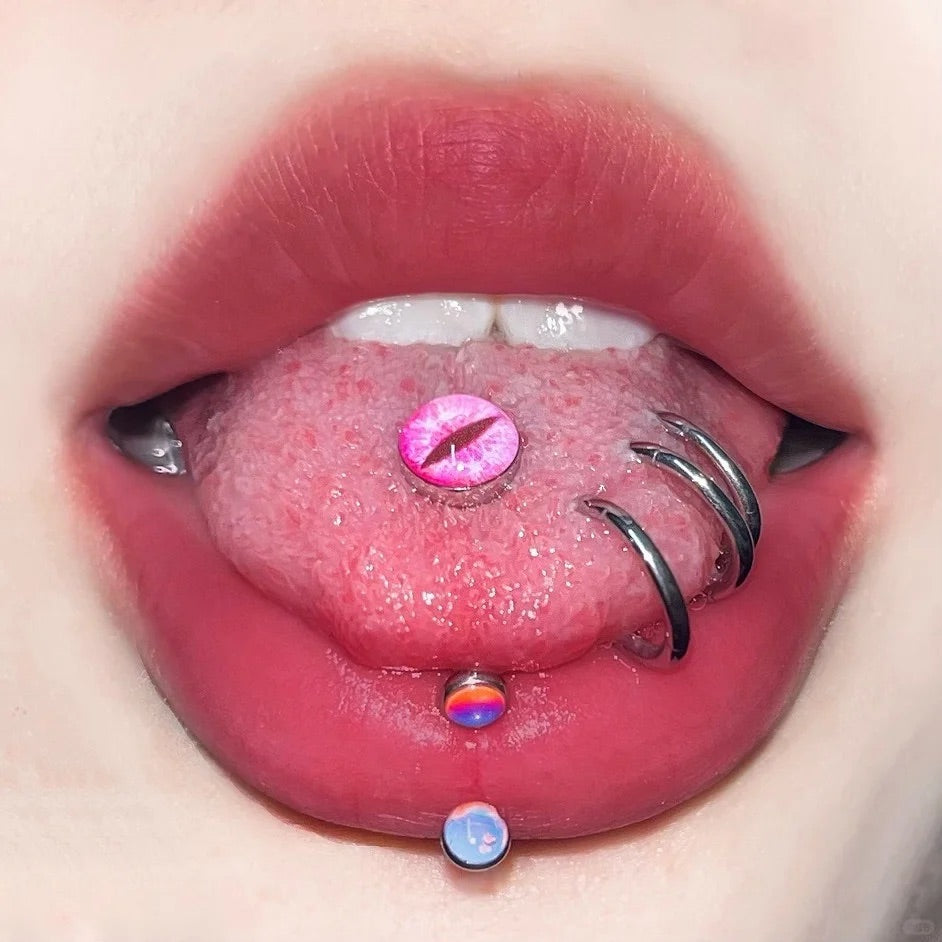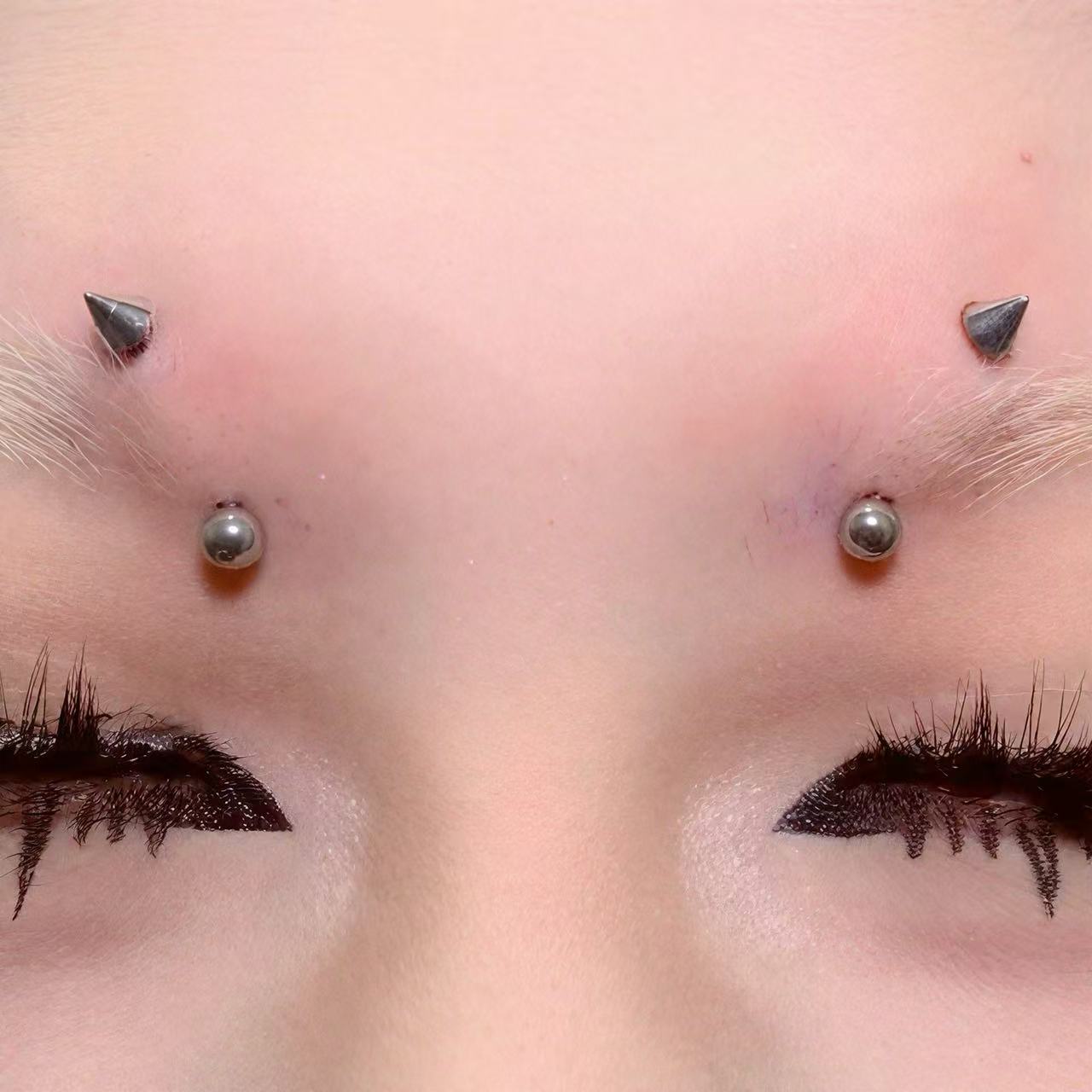
The Ultimate Guide to Belly Button Piercings in 2025: Everything You Need to Know
Belly button piercings, or navel piercings, remain a popular form of self-expression and body modification. Whether you're considering getting one or already have one and want to ensure proper care, this guide provides comprehensive, up-to-date information for 2025.
What is a Belly Button Piercing?
A belly button piercing involves inserting jewelry through the skin surrounding the navel. This is a type of surface piercing, meaning it does not penetrate cartilage but passes through skin tissue. Its popularity stems from its aesthetic appeal, allowing for personalization and style.

Types of Belly Button Piercings
| Piercing Type | Description | Best For |
|---|---|---|
| Traditional Navel | Standard placement through the upper rim of the navel | Most common anatomy |
| Floating Navel | Jewelry sits flush against the skin with a flat disk on the bottom | Deep-set navels or smaller navel cavities |
| Reverse Navel | Piercing through the lower rim of the navel | Suitable for certain anatomies |
| Double Navel | Both upper and lower rim piercings | Those wanting symmetrical look |
The Piercing Process: What to Expect
-
Consultation: A professional piercer will assess your anatomy to determine the best placement
-
Preparation: The area is cleaned and marked for precise placement
-
Procedure: Using a sterile needle, the piercer creates the opening and inserts jewelry
-
Aftercare Instructions: Detailed cleaning and care guidelines are provided
Pain and Healing Timeline
| Stage | Timeframe | Sensation | Care Requirements |
|---|---|---|---|
| Initial Healing | 2-8 weeks | Tenderness, mild swelling | Twice daily saline cleaning |
| Intermediate Healing | 2-6 months | Reduced tenderness, occasional itching | Continued cleaning, avoid irritation |
| Full Healing | 6-12 months | No discomfort, normal tissue | Minimal maintenance required |
Jewelry Guide 2025
| Material | Pros | Cons | Best For |
|---|---|---|---|
| Implant-Grade Titanium | Hypoallergenic, lightweight, durable | Higher cost | Sensitive skin, initial piercings |
| 14K/18K Gold | Beautiful finish, hypoallergenic | Expensive, can be soft | Healed piercings, special occasions |
| Niobium | Hypoallergenic, can be anodized colors | Limited styles | Those with metal allergies |
| Surgical Steel | Affordable, widely available | May contain nickel | Those without nickel allergies |
| Jewelry Style | Description | When to Wear |
|---|---|---|
| Curved Barbell | Standard healing jewelry | Initial piercing and healing period |
| Captive Bead Ring | Circular with removable bead | Healed piercings |
| Dangle Style | Decorative hanging elements | Special occasions, healed piercings |
| Twisted Design | Spiral or twisted appearance | Fashion statements |
Aftercare Essentials
Daily Care Routine:
-
Clean twice daily with sterile saline solution
-
Pat dry with paper towels (avoid cloth towels)
-
Avoid touching with unwashed hands
-
Wear loose, breathable clothing
What to Avoid:
-
Swimming pools and hot tubs for first 3 months
-
Tight clothing that rubs the area
-
Harsh chemicals or alcohol-based products
-
Changing jewelry too early
Potential Risks and Prevention
| Risk | Symptoms | Prevention |
|---|---|---|
| Infection | Redness, swelling, pus | Proper cleaning, avoid touching |
| Rejection | Jewelry migrating, thinning tissue | Proper placement, quality jewelry |
| Allergic Reaction | Rash, itching, redness | Hypoallergenic materials |
| Scarring | Raised tissue, discoloration | Proper aftercare, avoid trauma |
Cost Breakdown (2025)
| Expense | Average Cost | Notes |
|---|---|---|
| Basic Piercing | $40-80 | Includes standard jewelry |
| Premium Jewelry | $50-200+ | Designer or precious metals |
| Aftercare Products | $15-30 | Saline solution, etc. |
| Tip | 15-20% | Industry standard |
Special Considerations
Pregnancy: If you have an existing piercing, consider flexible pregnancy jewelry or remove it if uncomfortable. Wait until after pregnancy for new piercings.
Physical Activities: Avoid intense core exercises for the first month. Clean promptly after sweating.
Seasonal Considerations: Fall and winter are ideal for piercing as you'll avoid swimsuit season during healing.
FAQ
Q: How long until I can change my jewelry?
A: Wait at least 6 months, and have a professional assist with the first change.
Q: Can I hide my piercing for work?
A: Yes, retainers and subtle jewelry are available for professional settings.
Q: What if I experience complications?
A: Contact your piercer immediately and seek medical attention if signs of infection appear.
Final Thoughts
Belly button piercings require commitment but offer beautiful self-expression. Choose an APP-certified piercer, invest in quality jewelry, and follow aftercare instructions diligently. Remember that everyone's healing journey is unique - be patient and don't hesitate to seek professional advice if concerns arise.


